Tumors in Birds
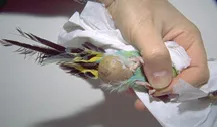
Tumors are cancerous growths. They may be found on the surface of a bird’s body or in the internal organs. Veterinary examination of any growth or lump is highly advised as tumors may grow rapidly or spread.
Cutaneous Papillomatosis or Warts in Birds
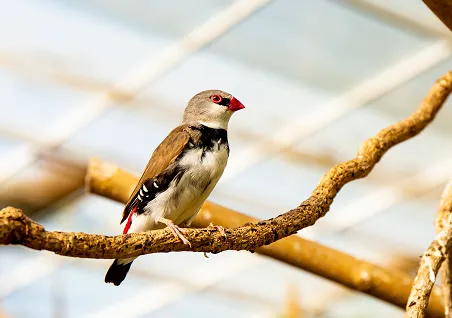
Cutaneous papillomatosis is the development of papillomas (non-cancerous growths, or warts) caused by the papillomavirus and affects many pet birds. Commonly affected species are finches, canaries, cockatiels, budgerigars, and African grey parrots. The clinical signs and treatment for this condition are explained in this handout.
Toucans and Toucanets – General
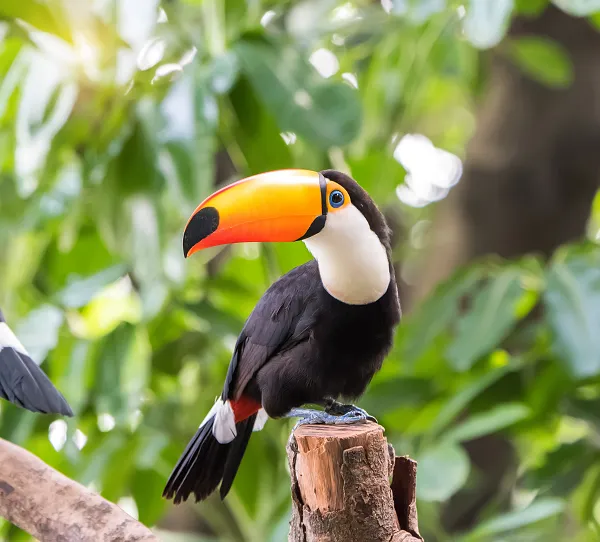
There are approximately 35 (or more) species of toucans and toucanets, including the smaller, slender aracari. Their most outstanding feature is the large, elongated, hollow beak that varies in coloration from black to multicolored. Hand-raised babies that are well-socialized make charming, affectionate pets, whereas wild toucans are very challenging to tame. They require a large horizontal cage with lots of perches, as they are very active, curious, and enjoy hopping from perch to perch. However, they can be aggressive with other birds and are known to occasionally kill and eat smaller species, such as canaries and finches. Toucans and toucanets require regular, routine veterinary health check-ups.
Psittacine Beak and Feather Disease in Pet Birds
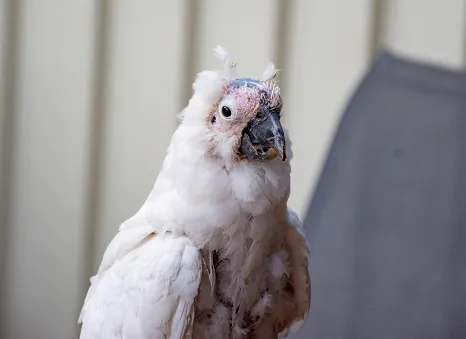
Psittacine beak and feather disease (PBFD) is a serious condition in parrot species for which there is no cure. The highly contagious virus attacks fast-growing epithelial cells, commonly causing visibly abnormal formations of the beak and/or feather follicles. The clinical signs vary depending on the species of bird and the age at which it was infected. Diagnostic testing is available and precautions must be taken when purchasing a new bird.
Lories and Lorikeets – General
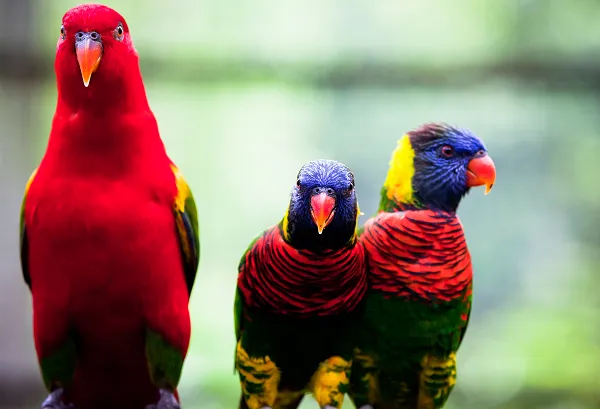
Lories and Lorikeets are small to medium size, energetic parrots. They come from southeastern Asia, Papua New Guinea, Australia, and Polynesia. They are fun-loving, social birds with a variety of brightly colored variations. Lories and Lorikeets can be high-maintenance pets and require a specific type of diet.
Genetics Basics: Modes of Inheritance

There are multiple methods of inheritance that determine which characteristics (or phenotypes) are displayed by the offspring, including autosomal dominant, autosomal recessive, and sex-linked inheritance. There are also many polygenic traits (i.e., associated with multiple genes) as well as environmental factors that make it much more complicated to predict disease or the likelihood of passing disease onto offspring.
Canaries – General
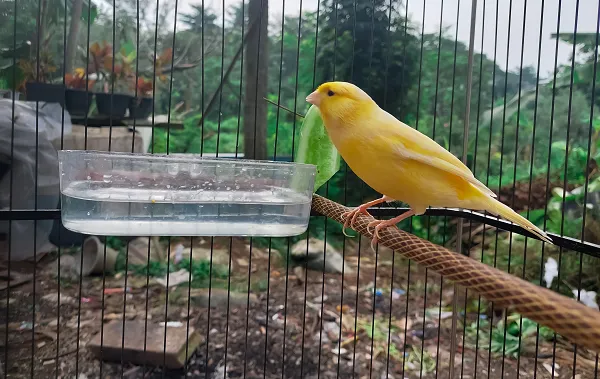
Canaries are lovely small birds. The males have a very melodious song. Canaries are generally easy to care for, and with a proper diet and routine veterinary check-ups, they can live up to 10 years.
Amazon Parrots – General
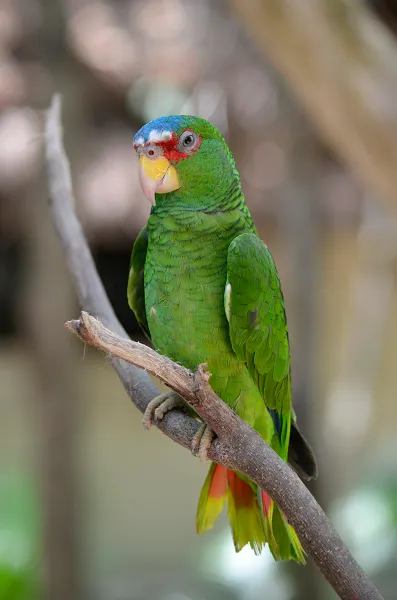
Some commonly kept Amazon parrots include the double yellow-headed Amazon, yellow-naped Amazon, blue-fronted Amazon, green-cheeked Amazon, and orange-winged Amazon. They bond readily, often with one member of the family. This one-on-one bond occasionally may lead to aggression towards others. Amazons are generally very affectionate and often solicit petting and head scratches. Like all pets, Amazon parrots require regular, preventative veterinary health check-ups.
Toys for Birds

Birds are highly intelligent animals and toys are an important part of their mental health, as well as their mental and physical agility. Toys encourage exercise and provide good wear for the beak and nails. Certain toys are ideal while others can be dangerous to your bird.
Taming, Training, and Talking to Birds
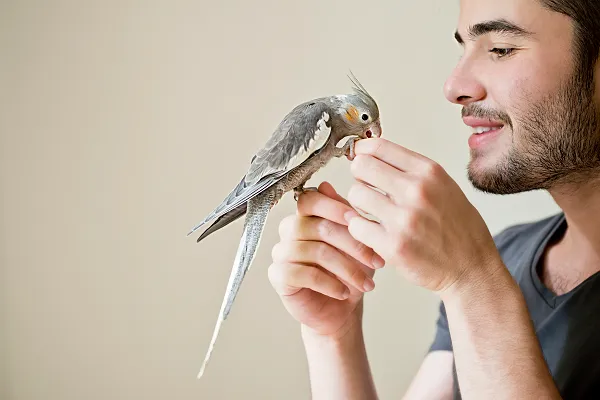
There are many methods and opinions described by various people to tame and train birds. This handout is designed to give some guidance to you during this process. Your patience may be strained, and you may sustain some bites, but the rewards of your new relationship with your bird will be fulfilling and long-lasting.

